
Gold cyanidation, also known as the cyanidation process or MacArthur - Forrest process, is a hydrometallurgical technique used to extract gold from low - grade ores by converting gold into water - soluble coordination complexes. It is the most commonly used leaching process for gold extraction. Cyanidation is also widely used in silver extraction, usually after froth flotation. The production of reagents for mineral processing to recover gold accounts for more than 70% of the global cyanide consumption. Other metals recovered from this process include copper, zinc, and silver, but gold is the main driving force of this technology.
1. Historical Development
In 1783, Carl Wilhelm Scheele discovered that gold dissolves in aqueous cyanide solutions. Through the work of Bagration (1844), Elsner (1846), and Faraday (1847), it was determined that two cyanide ions are required for each gold atom to form the soluble compound. In 1887, John Stewart MacArthur, in collaboration with Robert and William Forrest, brothers of Tennant & Company in Glasgow, Scotland, developed the MacArthur - Forrest process for extracting gold from gold ores. In 1896, Bodländer confirmed that the process requires oxygen, which was suspected by MacArthur, and found that hydrogen peroxide is formed as an intermediate.
2. Chemical Principles
Gold is one of the few metals that dissolve in the presence of cyanide ions and oxygen. The reaction results in the formation of a soluble gold species called dicyanoaurate. From this chemical reaction, it's clear that oxygen is essential in the gold leaching process. Thus, in industrial production, the leaching tank needs to be aerated. Typically, the aeration pressure is around 1kg, and the aeration volume per minute per cubic meter of slurry is greater than \(0.002m^3\).
3. Process Types
3.1 Agitating Cyanidation Process
This process is applied to treat the tailings after gravity separation, amalgamative tailings, and flotation gold - bearing concentrate, or applied to full slime cyanidation. It mainly includes two types of gold extraction processes:
Cyanide - zinc replacement process (CCD method and CCF method): After continuous counter - current washing, zinc powder (silk) is used to replace and recover gold. This process mainly includes four operations: washing (solid - liquid separation), purification, deoxidation, and replacement.
Washing operation: Thickeners, multi - layer thickeners, or press filters are used to achieve multi - stage counter - current washing, separating the gold - loaded solution (pregnant solution) from the solid.
Purification operation: Plate and frame filters or tubular filters are used for vacuum filtration and pressure filtration to remove suspended matter in the pregnant solution, making the pregnant solution clear for the replacement operation.
Deoxygenation operation: A deoxygenation tower is used for vacuum deoxygenation to remove dissolved oxygen in the pregnant solution.
Zinc addition operation: A zinc disc feeder is used to add zinc and lead nitrate to the pregnant solution.
Replacement operation: Zinc replaces precious metals in the pregnant solution, forming gold (silver) mud.
All - slime cyanidation (CIP process and CIL process): Activated carbon is used to directly absorb and recover gold from cyanide pulp without filtration and washing.
CIP (Carbon In Pulp) process:
Pretreatment: Screen coarse - grained materials (such as sand) and wood chips before adsorption, which is beneficial for the adsorption, separation of gold - bearing activated carbon and gold - removal slurry, and can slow down the accelerated wear and regeneration of activated carbon. The activated carbon should also be pre - ground to remove sharp corners and edges before being sent to the adsorption tank.
Adsorption: Activated carbon is added to the fully leached pulp, and the activated carbon absorbs the gold in the cyanide pulp to become gold - bearing carbon. The whole adsorption operation is carried out in the adsorption tank (carbon slurry tank). Different types of adsorption tanks are selected according to the nature of the slurry.
Desorption: Desorption is to remove gold from the gold - bearing carbon separated from the gold ore slurry. Common desorption methods are atmospheric desorption and pressure desorption, usually completed in the desorption column.
Gold precipitation: The electrodeposition method is used to recover gold from the gold - rich desorption liquid.
Regeneration and activation of desorption carbon: After desorption, the lean carbon is mixed with new activated carbon in proportion and reused in the process.
CIL (Carbon In Leach) process: Similar to the CIP process, but the difference is that in the CIL process, the addition of activated carbon and the leaching of gold are carried out simultaneously, that is, "leaching and adsorption at the same time". The pretreatment is the same as that of the CIP process, screening coarse - grained materials to be beneficial for the subsequent process. Then, the pulp is added to high - efficiency cyanide leaching tanks for cyanidation, and activated carbon is added during the leaching process to adsorb gold.
3.2 Leaching Cyanidation Process
This process is used to treat flotation tailings and low - graded gold ore and consists of pool leaching process and heap leaching process. First, the cyanide leaching solution infiltrates, and then it is absorbed by activated carbon or replaced by zinc powder (silk).
Heap leaching process:
Crushing and preparation: Crush low - grade gold mines to a certain particle size (or granulation).
Leaching solution spraying: Spray low - concentration cyanide, alkaline solution, low - toxic solvent, or sulfuric acid on the heap to dissolve the gold.
Solution collection: The gold - containing solution is leached from the heap.
Gold recovery: Recover gold by adsorption of activated carbon or displacement of zinc powder.
The industrial cyanide heap leaching method can be divided into two types: short - term heap leaching and long - term heap leaching. In short - term heap leaching, the ore is usually crushed to less than 20 mm. When processing gold - bearing quartz veins, it is often crushed to less than 6 mm. The crushed ore heap is leached on a permanent bottom mat, with a stack height of generally 3 - 6 meters, a per - heap processing volume of 100 - 10000 tons, and a per - heap leaching cycle of generally 7 - 30 days. In long - term heap leaching, open - pit mining of loose and unbroken low - grade ore is used. The heap is similar to a truncated cone with a 6 - 10 - meter height. This heap has a long leaching period of about 4 - 5 months, and sometimes it may require a leaching period of several years.
4. Process Requirements
4.1 Adding Cyanide and Aeration
After grinding, cyanide is added to the slurry to dissolve gold and form metal complexes. Since oxygen is necessary for the gold leaching reaction, aeration is required in the leaching tank during industrial production.
4.2 Adding Protective Alkali
To ensure the concentration of cyanide in the slurry, avoid environmental pollution, and prevent the generation of toxic hydrogen cyanide (HCN) gas, alkali must be added to the leaching tank to maintain a high pH value of the slurry. In industrial production, lime or lime milk is often used, and sometimes NaOH is added for supplementary adjustment.
4.3 Maintaining Slurry Suspension
The gold cyanidation process has certain requirements for the performance of the leaching and stirring tank. Under the condition of low power consumption, the particles of monomer - separated or exposed - surface gold in the slurry should not deposit in the tank, and the slurry, cyanide, lime, and air should be fully mixed in the tank to reach a suspended state. The slurry concentration in each part of the tank should be consistent, without stratification along the depth direction of the tank, and the particle size distribution should be uniform.
4.4 Maintaining Appropriate Slurry Concentration
When the density of gold ore is 2.65 - 2.8, the general leaching slurry concentration is 40 - 45%. When the density of flotation concentrate is 3 - 3.5, the general leaching concentration is 30 - 40%. Generally, materials with a fineness of less than 200 mesh account for 80 - 95%.
4.5 Reducing Wear and Noise of Moving Parts
In order to reduce the wear of the agitator and increase its service life, most of the impellers in industrial production are rubber - lined. The transmission device should be carefully selected to ensure high transmission efficiency and low noise.
4.6 Reducing Carbon Wear
In the carbon - in - pulp method, carbon is added to the adsorption tank to adsorb gold. If the stirring force of the leaching tank is too strong, the carbon will be ground and lost; if the stirring force is weak, precipitation will occur. Therefore, while maintaining the slurry in a suspended state, on the one hand, high - hardness carbon should be selected for production, and on the other hand, the rotation speed of the impeller should be reduced to reduce the loss of carbon and the input power of the stirring and adsorption tank.
4.7 Determining Appropriate Capacity
Currently, the processing capacity of common gold cyanidation plants ranges from dozens of tons to tens of thousands of tons per day. The larger the production capacity, the larger the plant area, and the larger the equipment specifications and investment. Mine owners must determine an appropriate processing plant capacity according to actual conditions.
4.8 Reducing Equipment Weight and Investment
When selecting a leaching tank, on the one hand, the leaching process is required to be highly efficient and energy - saving, and on the other hand, the transmission device is required to have a small footprint and light weight. When the capacity, slurry concentration, and leaching time are determined, the number of leaching tanks can be determined. However, the specifications of the leaching tanks should be adapted to the plant capacity.
5. Environmental and Safety Considerations
Due to the highly toxic nature of cyanide, this process is controversial and is even prohibited in some parts of the world. A key feature of the safe use of cyanide is to ensure proper pH control at an alkaline pH level above 10.5. On an industrial scale, pH control is mainly achieved using lime, which is an important contributing reagent in gold processing. Wastewater generated during the gold cyanidation process, if discharged directly without treatment, will cause serious pollution to the environment. Strict operating specifications must be formulated, requiring workers to wear protective equipment to avoid direct contact of the skin and respiratory system with cyanide to ensure safe production.
- Random article
- Popular articles
- Popular comments
- Tin ore gravity separation+flotation+gravity separation process
- Tin ore magnetic separation+electric separation process
- Intense Magnetic Separation Process for Iron Ore
- Gold Mine Heap Leaching: Optimal Process
- Gold selection process using resin slurry method
- Radioactive beneficiation and flotation process for uranium ore
- chrome ore processing:Advanced Magnetic Separation Processing Technology



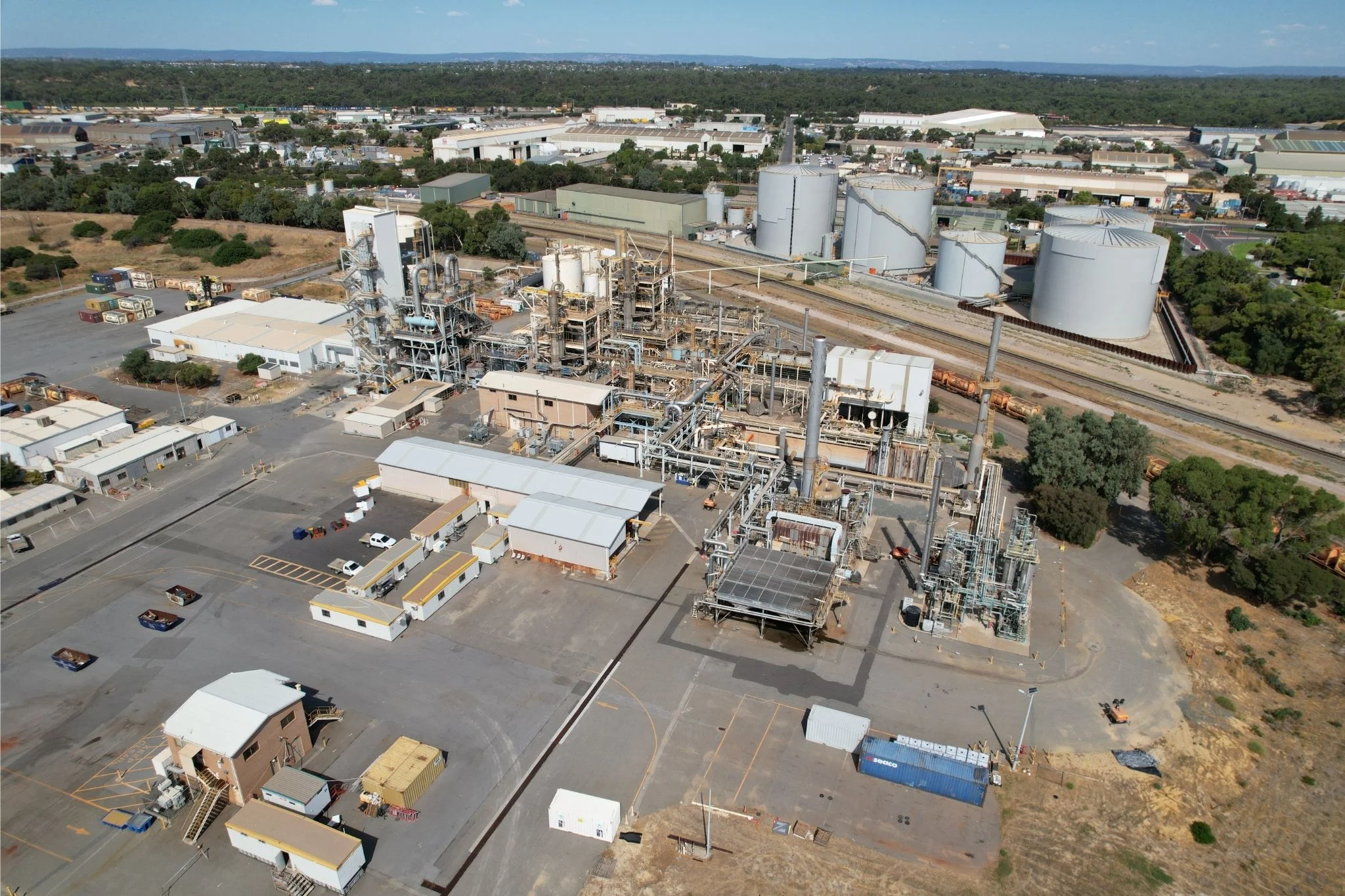
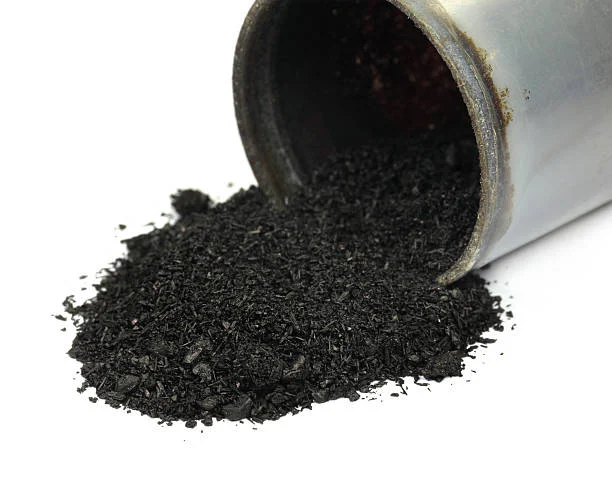
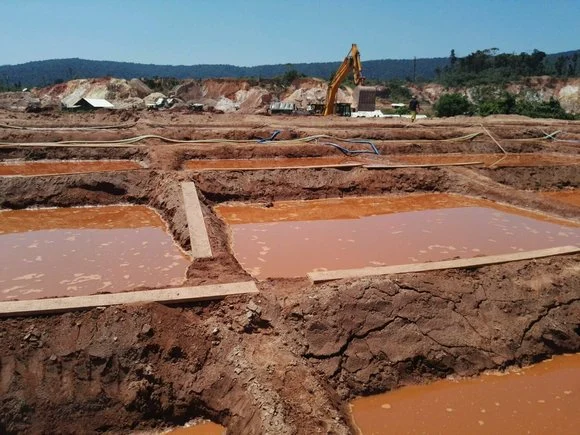
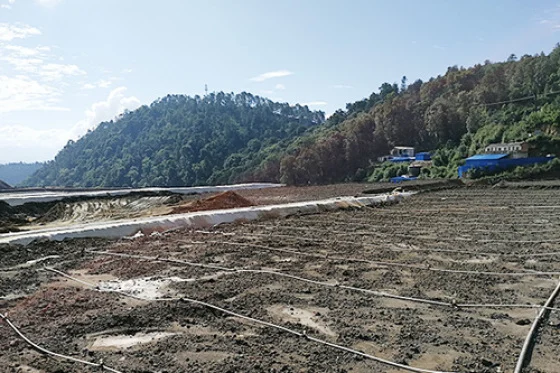
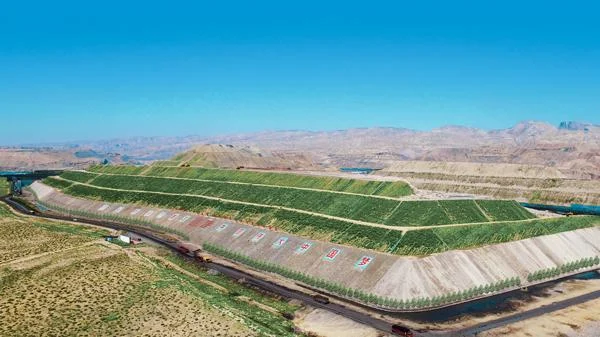
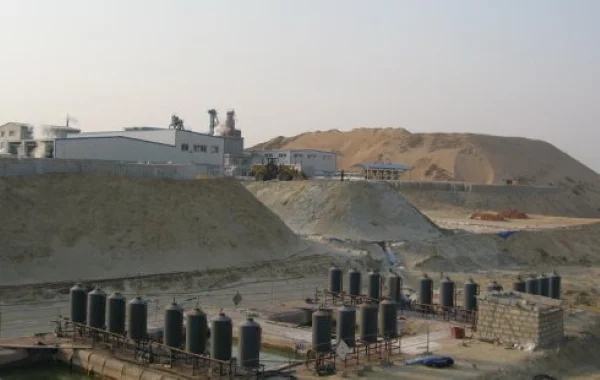
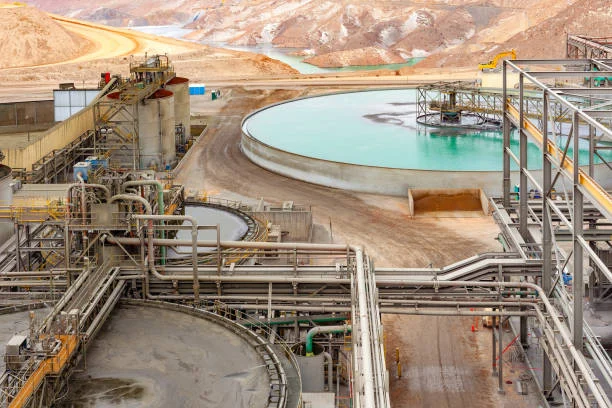
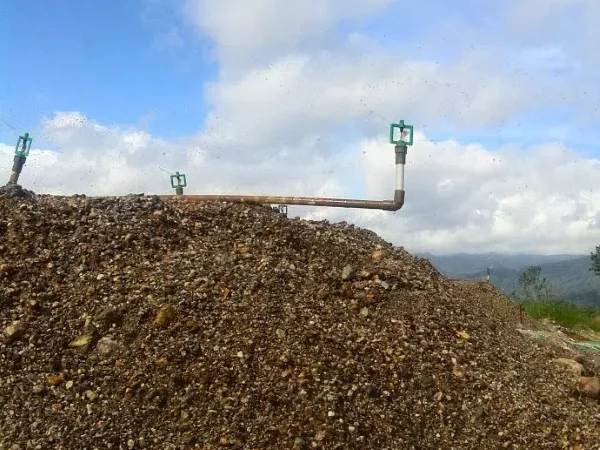
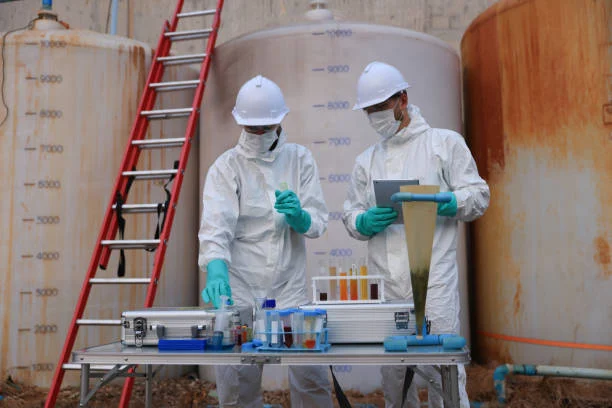
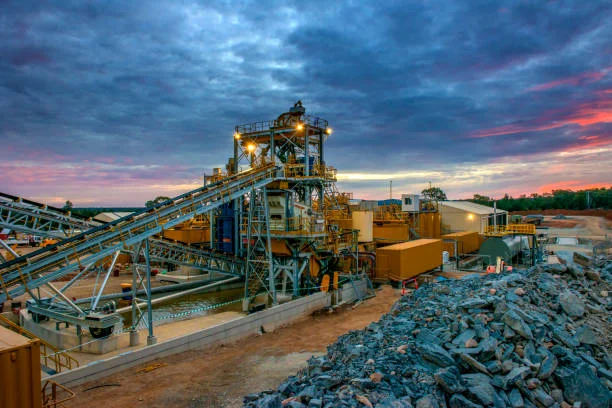


Leave a message with your needs or comments
Add comment: